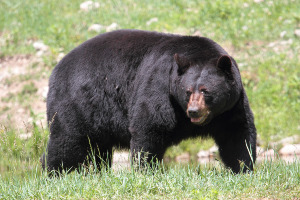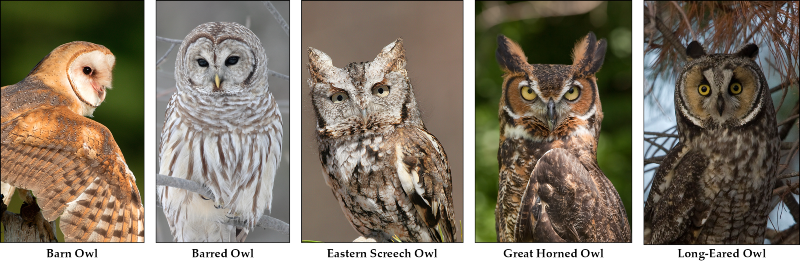
Unique Features of Wisconsin’s Native Owls
by Ayelen Flores Ruiz, age 12
Not only are owls pretty to look at but they are important to the environment. Wisconsin is lucky to have just the right climate and pool of available prey to attract these fascinating creatures.
There are five species of owls that call Wisconsin home: barn, eastern-screech, barred, long-eared, and great-horned owls. Other types of owls often migrate to the Wisconsin from Canada.
Owls are hunters and meat-eaters. They play an important role in keeping the predator-prey relationship in balance. Owls help control the population of disease-carrying rodents and small mammals. This is vitally important in both urban and rural areas where rodents can flourish. [read more]
Land Purchase in Western Dane County Provides Public Access to Morton Forest
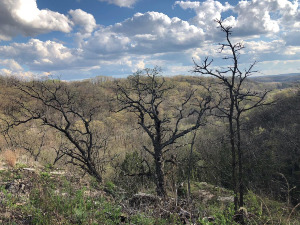
by Hiba Al-Quraishi, age 14
A generous gift from a private landowner made 22 years ago is prompting new conservation action in Dane County.
In 1999, 120 acres of Morton Forest were deeded to Dane County by Steve Morton, a retired chemist, and environmentalist. The land is about 2.5 miles south of the Town of Mazomanie. To create better access to Morton Forest, Dane County now plans to purchase 65 acres of land in the Village of Black Earth.
Similar to Morton Forest, this new piece of land in Black Earth has amazing vistas, as well as small farmlands, a stone quarry, and rock outcroppings. [read more]
Belle Case La Follette Was a Powerful Early
Figure in the Fight for Women's Rights
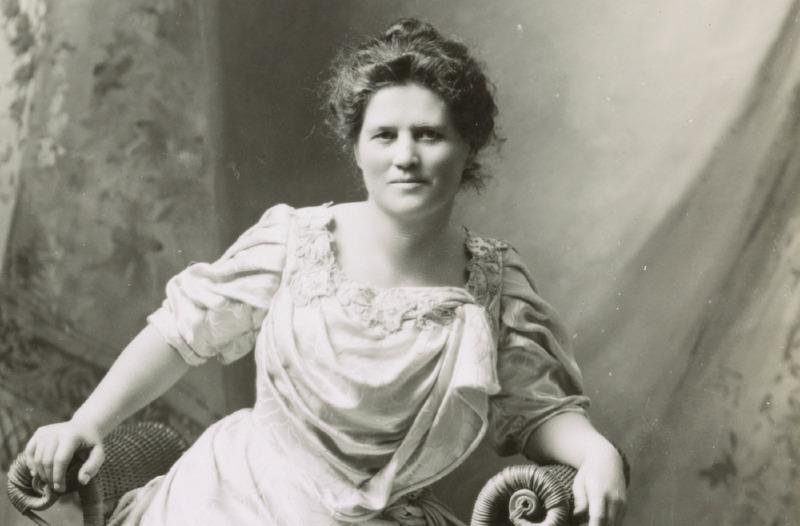
by Amelia Pearson, age 12
Have you ever heard of Belle Case La Follette? She was a woman who fought for the right to vote and was a strong leader for women's equality and peace.
La Follette was born in Juneau County, Wisconsin on April 21, 1859. Her parents were farmers and they sacrificed everything to send her to college in 1875. While in college, La Follette performed well in school and also developed a passion for literature. It was also during this time that she met her future husband, Bob La Follette. Although she was four years younger than Bob, they were both in the same class. She actually ranked above him as one of the top students.
La Follette graduated in 1879 and began teaching high school while her future husband Bob studied law. The couple married in December of 1881. In 1882 La Follette had her first child, Flora Dodge. At the same time, she started to have an interest in law after working on her husband's legal work. She soon enrolled in the University of Wisconsin Law School and eventually graduated in 1885. She was the first female graduate of the law school. La Follette never practiced law by herself. She did, however, continue doing legal work and was even acknowledged by the Wisconsin Chief Justice for a legal brief she wrote for her husband. [read more]
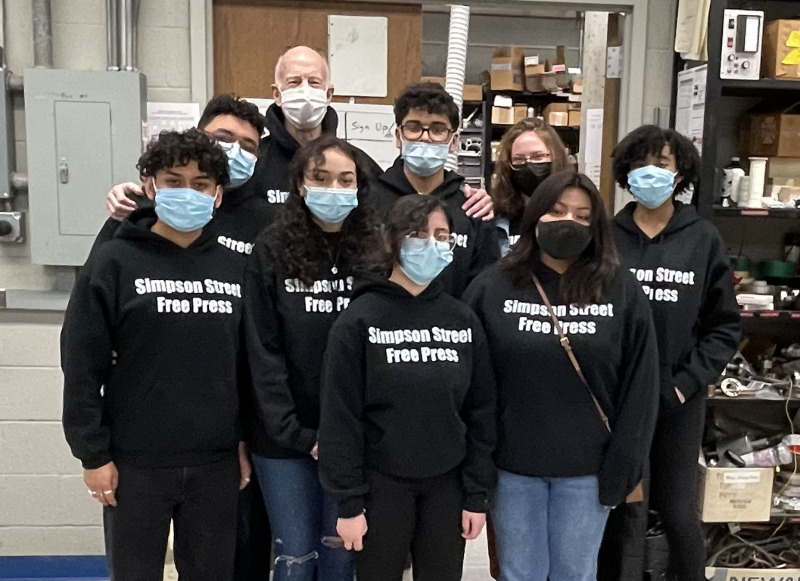 Thank you to the UW-Madison Physics Department and Professor Dan McCammon! We had a great time at the Wonders of Physics fair and the Physics Museum! Hope we can visit again soon!
Thank you to the UW-Madison Physics Department and Professor Dan McCammon! We had a great time at the Wonders of Physics fair and the Physics Museum! Hope we can visit again soon!
Harriet Tubman: Freedom Fighter and Conductor on the Underground Railroad

by Ayelen Flores Ruiz, age 11
Harriet Tubman, a former slave, helped many African-American slaves reach freedom via the Underground Railroad. She also made significant contributions to the Union Army and was an important activist during the Civil War. She was known for being the first African American woman to assist the Union Army during the Civil War.
Harriet Tubman was born in Dorchester County in Maryland between 1820 and 1822. Tubman was born into slavery. She was one of nine siblings, born to Harriet Green and Benjamin Ross. When Harriet Tubman was young she got hit in the head for helping a man who was being beaten for trying to escape, causing her to have horrible headaches and narcolepsy.
Tubman escaped slavery by using the Underground Railroad. She then navigated people who were trying to escape to freedom by using the Underground Railroad. Harriet Tubman was never caught and never lost a passenger while assisting people to freedom. Because of her success in escaping many slaves, Tubman had a $40,000 bounty on her head. [read more]
The Peshtigo Firestorm and Tornado
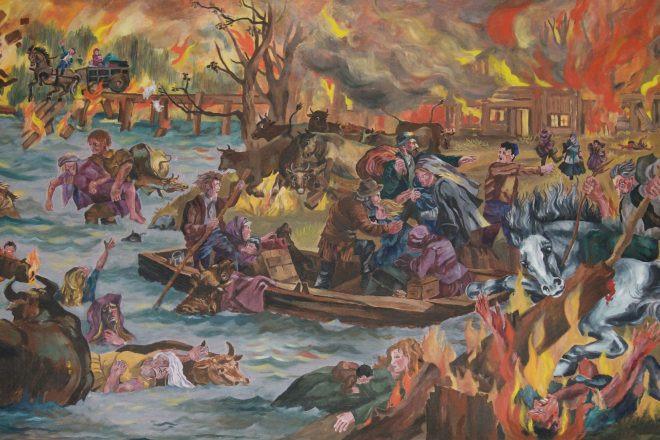
by Jeremiah Warren, age 11
The Peshtigo fire was a huge fire that destroyed the town of Peshtigo, Wisconsin on October 8, 1871. Although the fire is considered one of the deadliest fires in America history, somehow it is largely forgotten.
In the 1800s many fires were set on purpose. It was as a common practice to clear land for farming and for building railroads in 1871. On the day of the fire, a cold front moved west that brought very strong winds. This pushed the fire out of control, creating a big wildfire that headed towards the town of Peshtigo.
Another reason the Pestigo fire is forgotten is because a big fire in Chicago happened on the same day. The Great Chicago Fire also started October 8, 1871. [read more]
The Armistice Day Blizzard: Worst Winter
Storm in Wisconsin History

by Theodore B. Morrison, age 14
Anyone who lives in the northern Midwest has experienced his or her fair share of snowstorms. These snowstorms though, do not compare to the Armistice Day Blizzard, one of the most devastating natural disasters in Wisconsin’s history.
The name originates from the storm which occurred on Armistice Day, now known as Veterans Day, a day that celebrated the end of World War I and a new period of peace. However, this blizzard was anything but peaceful.
The Armistice Day Blizzard on November 11 and 12, 1940 caused a drastic drop in temperature that resulted in more than 150 deaths in Wisconsin. The blizzard formed when cold northern air combined with warm moisture from the Gulf Coast, which created a sudden drop in air pressure. The storm generated winds up to 80 MPH, creating 20-foot snowdrifts, laying down a foot of snow, and conditions similar to those of a hurricane. [read more]
When Exploring Dane County’s Sugar River,
Keep an Eye Out for Invasive Species
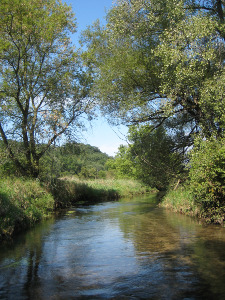
by Dayanara Flores Gonzalez, age 14
The Sugar River, also known as The Upper Sugar River Watershed, is located in Dane County and flows all the way down to the Rock River.
The Upper Sugar River Watershed Association works to protect the river from invasive species that can harm or push out native species and damage the ecosystem. Many rare and endangered native plants found in the river and its nearby wetlands are threatened. Most wetland animals depend on these native plants for food and shelter.
Some native species can disappear if a watershed loses its healthy wetlands. Recreational uses of wetlands include trapping, fishing, bird watching, and nature study. Healthy wetlands can help with keeping the water clean and safe for wildlife. Healthy wetlands also help control and prevent floods. [read more]
La compra de terrenos en el condado de Western Dane brinda acceso público al Bosque Morton

por Hiba Al-Quraishi, 14 años de edad; traducido por Yoanna Hoskins 17 años de edad
Una generosa regalo de un terrateniente privado hecha hace 22 años está provocando nuevas acciones de conservación en el condado de Dane.
En 1999, 120 acres de Bosque Morton fueron traspasados al condado de Dane por Steve Morton, un químico jubilado y ambientalista. El terreno está 2.5 millas al sur de la ciudad de Mazomanie. Para crear un mejor acceso al Bosque Morton, el condado de Dane ahora planea comprar 65 acres de tierra en la ciudad de Tierra Negra.
Similar al Bosque Morton, este nuevo terreno en Tierra Negra tiene vistas increíbles, así como pequeñas tierras de cultivo, una cantera de piedra y afloramientos rocosos. [read more]
Two Lost Ships Discovered at the Bottom of Lake Michigan
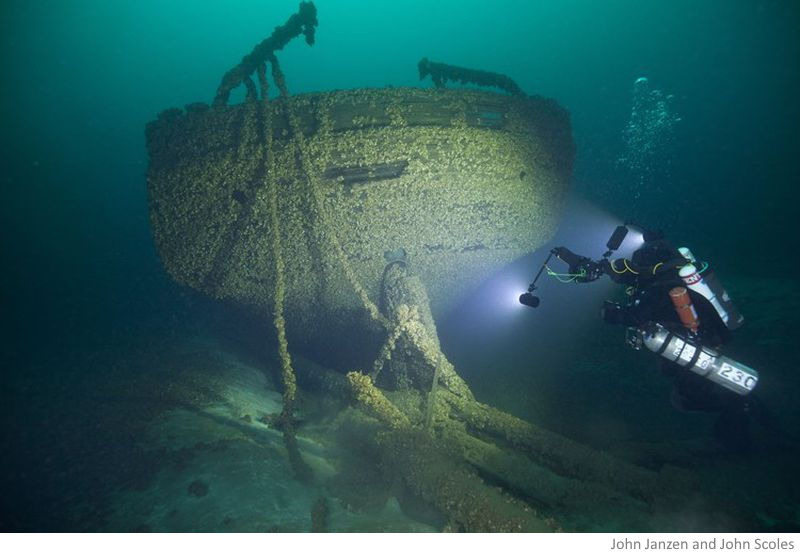
by Jeremiah Warren, age 11
Can you imagine diving in a lake and finding a shipwreck? It’s estimated that there are 6,000 shipwrecks in the bottom of the great lakes. Bernie Hellstrom, a diver, was one who found two ships – Peshtigo and St. Andrews – in the depths of Lake Michigan. Both of these ships collided more than 140 years ago.
It is believed that these ships sank in 1878 in the east of the Straits of Mackinac in Lake Huron, but only the Peshtigo ship was found in the accident. St. Andrews' ship was not found until recently.
The Peshtigo ship was 161 feet long, it was used to carry and transport coal to other areas. The St. Andrews' ship was 143 feet long and was used for carrying corn. [read more]
Sharp Decline in Florida Manatee Population Alarms Experts
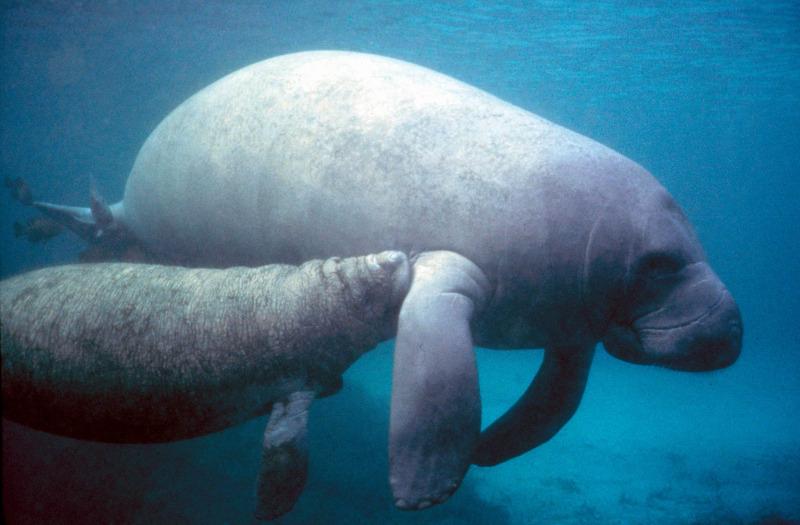
by Dayanara Flores Gonzalez, age 14
A Manatee is a large and slow-moving aquatic animal that lives in Florida. Sadly, these creatures are going extinct.
Manatees are herbivores, which means they only eat plants. Manatees like to eat seagrass, algae, and other plants located in freshwater. They live along the Atlantic coast of North America from Massachusetts to Texas. They often move north in the summer. But in the winter manatees are usually found in areas like Florida because they require warm temperatures to survive.
Today’s manatees are starving to death. About 1,000 of the region’s manatees have died in the past few years. That's close to one-sixth of the entire manatee population in the Southeastern U.S and Puerto Rico. The Indian River in Florida is one place where manatees are dying due to starvation and pollution. [read more]
The Olmec: Central America's First
Great Civilization

by Jessica Lopez, age 11
The Olmec Civilization is an archeological culture in Southern Mexico that thrived between 1200-500 C.E. This means it is understood through artifacts left behind, especially huge head statues, rather than by written history.
Olmec is not the civilization’s real name. The name comes from the Aztec word 'Olmecatl,' meaning “inhabitant of the rubber country,” indicating there was a lot of rubber production in the same area where other artifacts were found. The name Olmec was coined by archaeologists studying the civilization.
There were two main primary Olmec cities, both close to the Gulf Coast: San Lorenzo, Veracruz and La Venta, Tabasco. [read more]
Mysterious Dark Spot Discovered on Neptune

by Theodore B. Morrison, age 13
There are many mysteries surrounding the planet Neptune, but one in particular has sparked interest in the scientific community: a storm whose actions are still puzzling scientists.
A storm was first observed in 1989 by the Voyager 2 (currently the only spacecraft to reach Neptune). This storm had a companion storm that was smaller and was nicknamed “Scooter.” When the Hubble telescope was launched in 1993, scientists were once again able to see storms on Neptune. In 2018 another storm nicknamed “Dark Spot” was spotted traveling towards the equator of Neptune, but then in January of 2020 it changed directions heading north. At the same time, a smaller companion storm nicknamed “Dark Spot Jr.” was observed.
The Dark Spot is 4,600 miles across, which is larger than the Atlantic Ocean. These storms on Neptune are observed to last 2-5 years, which is short in comparison to storms on other distant planets. Scientists find Neptune’s storms hard to study due to their relatively short duration. [read more]
Rainbows, Fogbows and Their Eerie Cousins
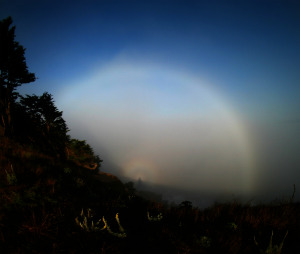
by Sandy Flores, age 14
Is there only one kind of rainbow? The answer is no, there are many kinds of rainbows that many people do not know about. Primary rainbows, secondary rainbows, red rainbows, supernumerary rainbows, and cloud rainbows are all examples of the same phenomenon.
Rainbows develop when sunlight passes through falling raindrops. Each hue has a different wavelength, which slows and refracts a unique amount. This refraction is what causes the colors to separate and head in different directions, thus creating a beautiful arc across the sky. Rainbows are not always just half circles, though. They may form into a complete circle, but we are usually only able to see half of it, unless we are high enough to see the complete circle. There are also double rainbows, which are formed when there are two reflections inside a raindrop. The second rainbow is much fainter than the original rainbow. [read more]
.jpg)


